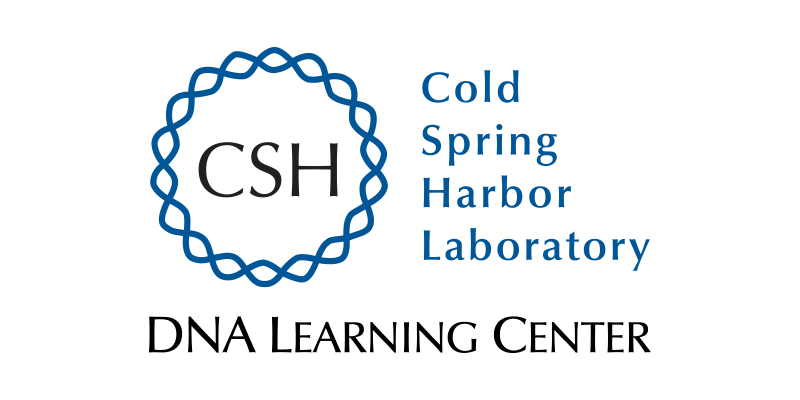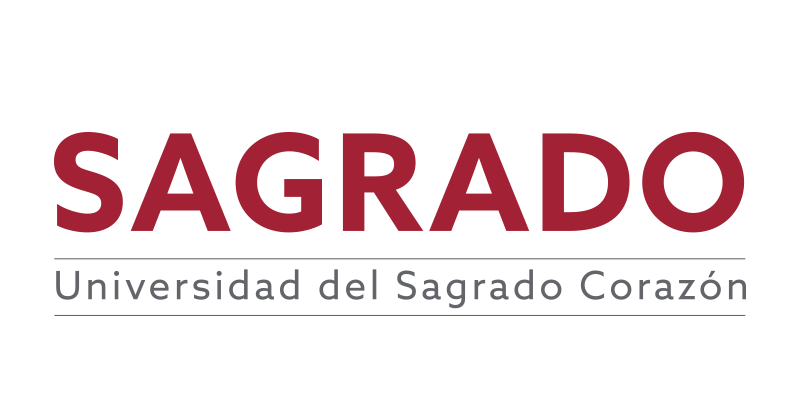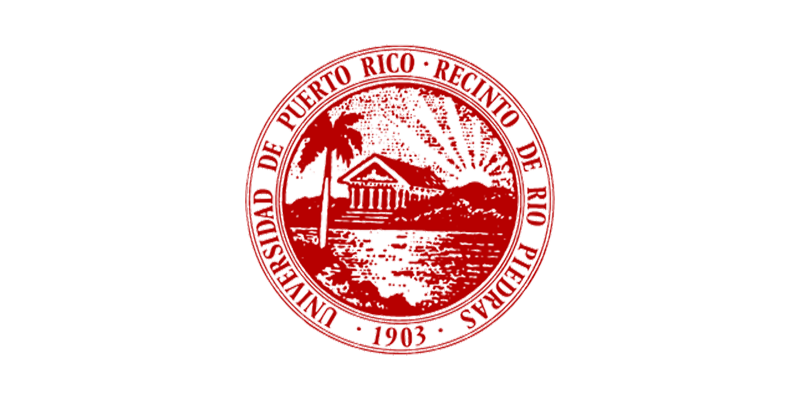Arecibo Center for Culturally Relevant and Inclusive Science Education, Computational Skills, and Community Engagement
The Arecibo C3 Center will be a science, technology, engineering, and mathematics (STEM) education and research center located at the Arecibo Observatory in Puerto Rico.
The Arecibo C3 Center will connect Ciencia (Science) across the breadth of STEM to create interdisciplinary collaborations and new knowledge; empower learners with Computación (Computing), human-centered computer and data science, and 21st century research skills, and foster Comunidad (Community) around culturally relevant and inclusive values.
Opening in Early 2024
Highlighted Features of Arecibo C3
Arecibo C3 will honor and expand the legacy of the Arecibo Observatory, including programs that focus on astronomy, biology, data science and more.
- STEM education research and skill building
- School field trips and summer camps
- Professional development in education and data science
- Interactive exhibitions
- Workforce development and entrepreneurship
- Fellowships and community engagement
- Conferences, workshops, and meetings
- Public science programs
About the Project
Arecibo C3 is led by a collaboration between Cold Spring Harbor Laboratory, Universidad del Sagrado Corazón, University of Puerto Rico Río Piedras, and University of Maryland Baltimore County and is funded through a cooperative agreement from the U.S. National Science Foundation.
Project Leads
Jason Williams
Cold Spring Harbor Laboratory DNA Learning Center, New York
Wanda Liz Díaz Merced
Universidad del Sagrado Corazón, Puerto Rico
Jose L. Agosto Rivera
University of Puerto Rico, Río Piedras, Puerto Rico
Patricia Ordóñez
University of Maryland, Baltimore County, Maryland
Contact Us
Please use this form to contact and sign up for e-mail updates or email the project.
This material is based upon work supported by the U.S. National Science Foundation (NSF Awards ID 2321759, 2321760, 2321761, and 2321762.) Any opinions, findings, and conclusions or recommendations expressed in this material are those of the author(s) and do not necessarily reflect the views of the National Science Foundation.



